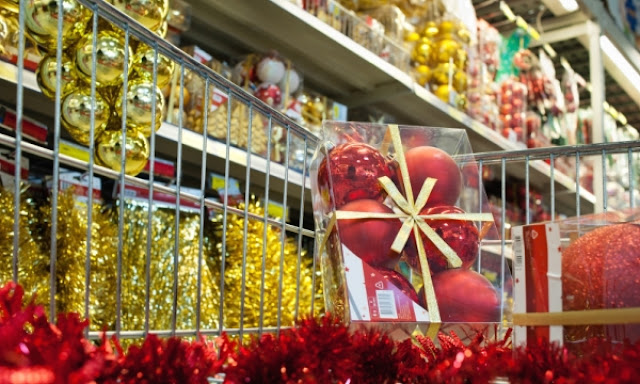Yes, we’re all aware the Silly Season has started. Groan! It
started in September when we noticed the supermarkets starting to move the
fruit mince pies, bonbons, advent calendars and plum puds onto the shelves. The
official term is “Christmas
Creep”.
Have you noticed that from now till mid May we really don’t
get much of a break from the seasonal promos that the shops run? The Christmas
merchandising and stock will disappear as of Boxing Day and we’re bombarded
with hot cross buns and Easter paraphernalia. From Easter it runs into Mother’s
Day. After that we finally get a break till the Father’s Day pitch, which is
never quite as strong as Mother’s Day. In the middle of all this are the 2nd
tier promos for Australia Day, Valentine’s and Halloween.
The big culprits in the heavy-handed seasonal retailing are the supermarkets. Everyone takes their lead from the big boys. But does putting Christmas product in our face 3 months out make that much difference? The marketing gurus tell us it does and that the lead in to xmas is the biggest quarter in the retail year. But what amount of selling happens 3 mths out compared with the last few weeks? And what happens in other countries?
Go back a generation and in America the focus was on celebrating
Thanksgiving at the end of November and more recently the Black
Friday sales (also end of November) before the xmas shopping began. Britain
used to wait till after Remembrance Day, but large parts of Europe and other
countries have now also embraced Black Friday and it seems that Christmas creep
has spread worldwide.
Last year Australian
Christmas expenditure fell below the forecast. It was the lowest
expenditure growth in 28 yrs. This year will not be an accurate gauge compared
with past. Many families are watching the expenses with one or both bread
winners out of work. At the other end of the spectrum are families who have
profited in varying ways from the corona shutdowns. Many areas are still
struggling with the aftermath of the summer bush fires.
Smart independent retailers who embrace promotional events
to kick start their xmas trading, report favourable results. The reality is
that the majority of shopping in done in the last 2-3 weeks. It’s no surprise
that food is the biggest of all retail categories, making up almost half of
Christmas expenditure. And for obvious reasons sees its largest expenditure in
the last few days.
CBA research
shows that ¾ of women start shopping only a month out from Christmas and that a
quarter of men shop in the last 24 hrs.
What about the other seasons- Easter Creep? In Australia who
wants to buy chocolate eggs in January or February and risk finding them in
April as disgusting melted messes? Yuck. I’ll wait till closer to the date
thanks. Although hot crossed buns are a great school lunch box item, if only a non
easter version could run all year.
Frequent exposure lessens our response to things. Just as
swear words have become more tolerated in society and advertising, we’ve become
blasé to seasonal creep. We know Christmas and Easter happen every year. Having
it forced into our lives gives an annoying niggling feeling a bit like that
annual check-up at the doctor. Usually something we try to put off for a bit
longer. Shoppers don’t want to be dictated to; they will do it when they’re
ready. They don’t want the guilt trip of feeling they are not organized. They
also don’t want to feel spoken down to. Early seasonal promotional is here to
stay, but over the years we have become conditioned to Creep and its lost the shock
factor.
















































